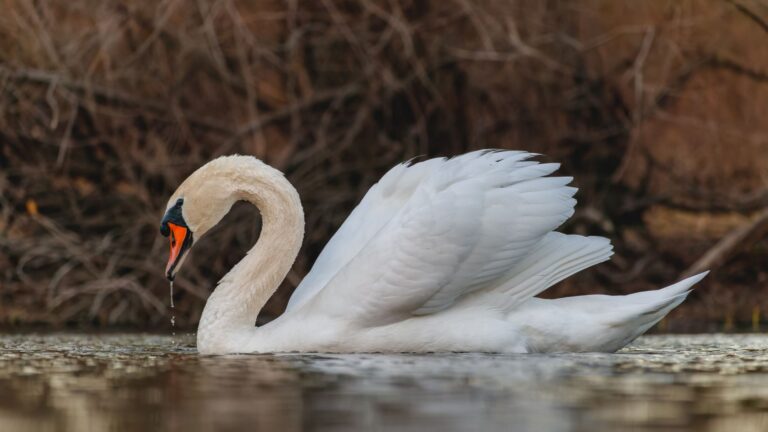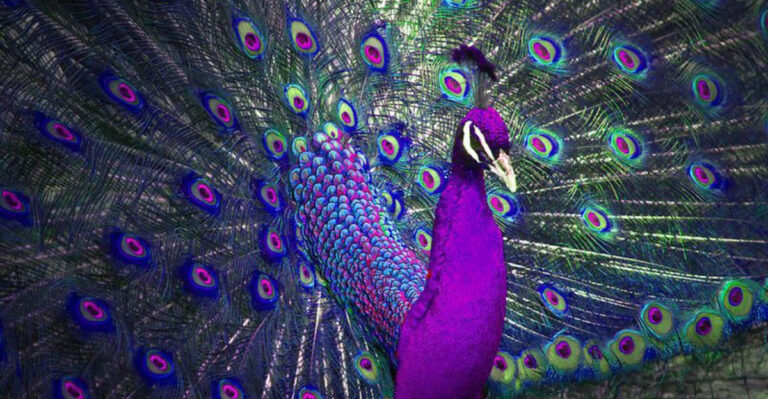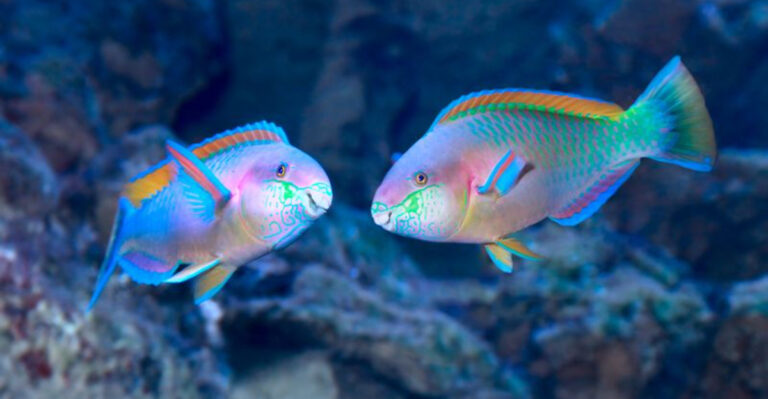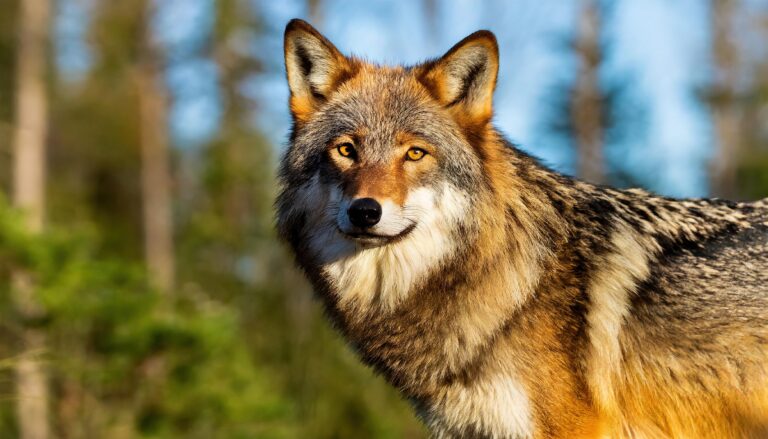11 Reptiles That Can Grow Larger Than A Human
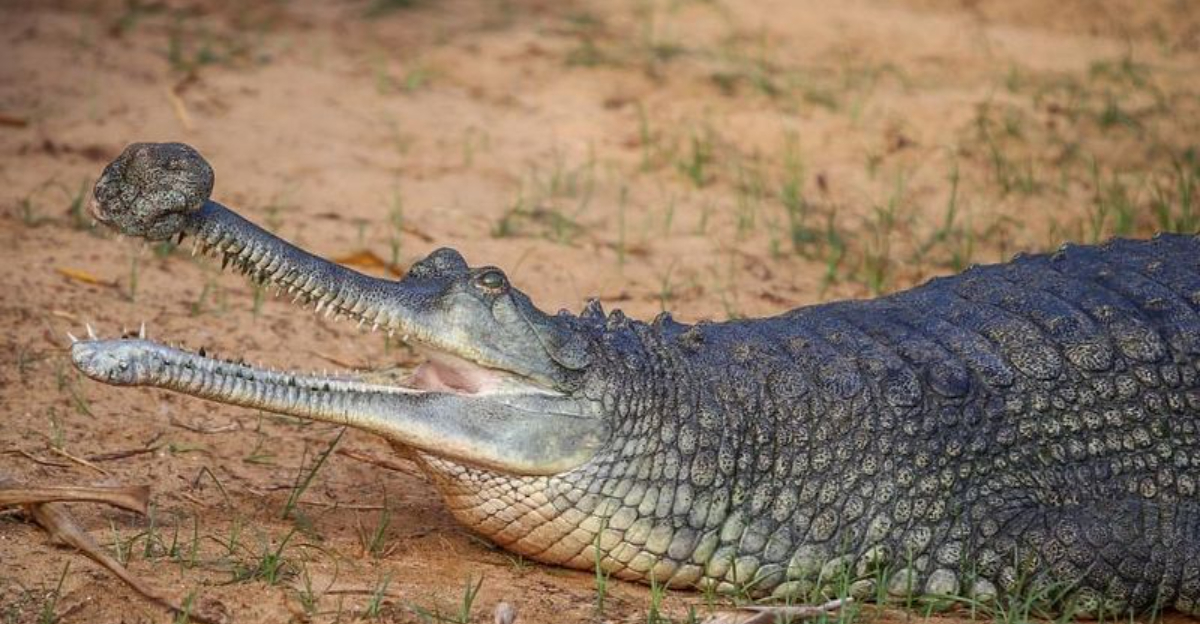
Reptiles have always fascinated humans with their mysterious and often intimidating presence. Among them, some species can grow to sizes that dwarf even the tallest humans. This article explores such reptiles, each with the potential to reach or exceed human height.
From massive crocodiles to giant snakes, these creatures showcase the incredible diversity and size that reptiles can achieve. Join us as we delve into the world of these extraordinary reptiles, uncovering their unique characteristics and the habitats they call home.
1. Saltwater Crocodile
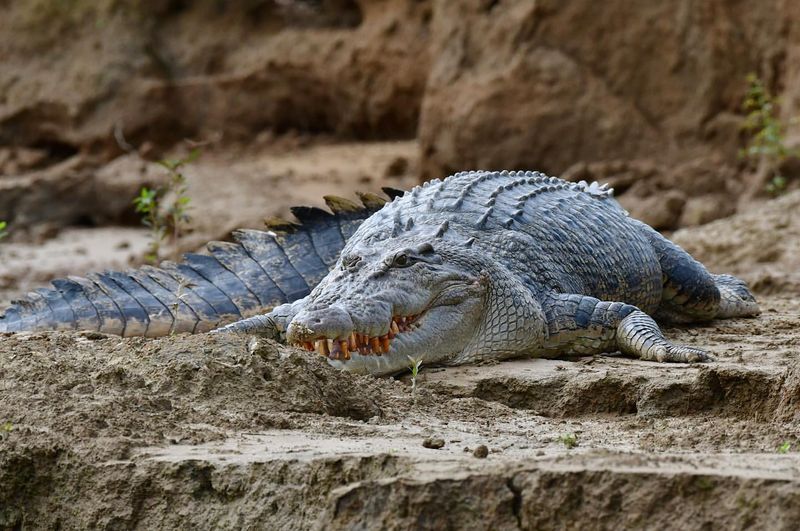
The saltwater crocodile, native to brackish and saltwater habitats, is the largest living reptile. It can grow over 23 feet long, far surpassing the average human height.
These formidable predators have powerful jaws and are known for their stealth and strength. They inhabit areas in Southeast Asia and Northern Australia.
With a lifespan of over 70 years, these reptiles have adapted well to their environment, thriving in both freshwater and coastal regions.
2. Green Anaconda
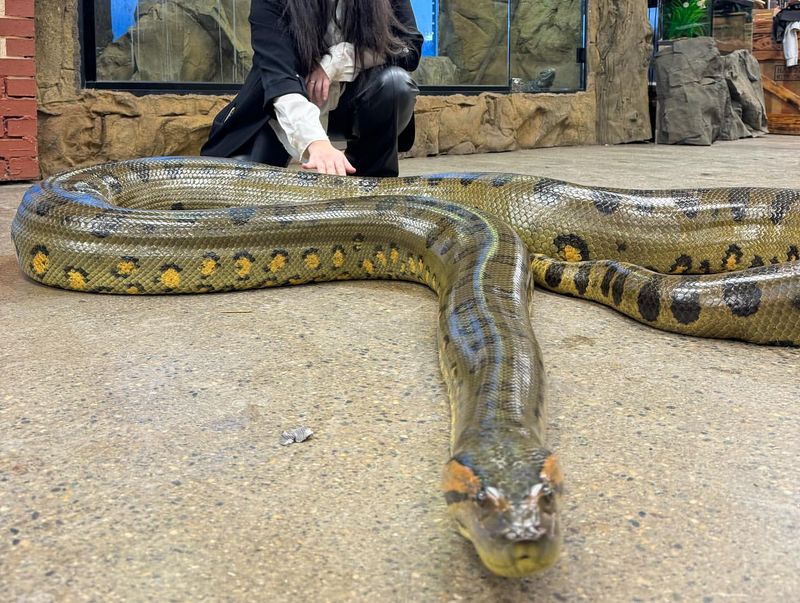
The green anaconda, found in the swamps of the Amazon, is one of the world’s heaviest snakes. It can reach lengths of up to 30 feet and weigh over 500 pounds.
Despite their size, these snakes are elusive and often hidden beneath the water, ambushing prey with precision. They are non-venomous and constrict their prey.
The green anaconda’s size and strength make it an apex predator in its habitat, preying on a variety of animals, including large mammals.
3. Komodo Dragon
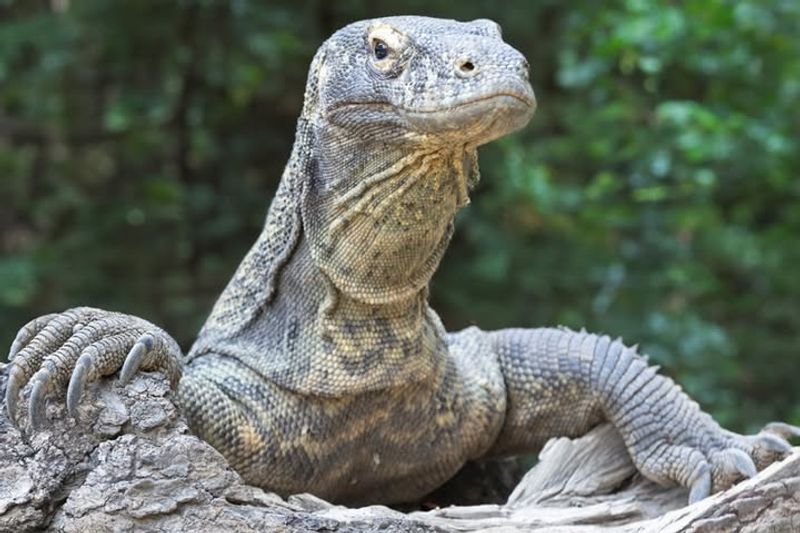
Komodo dragons, native to Indonesian islands, are the largest lizards on Earth, capable of growing over 10 feet in length.
Their robust build and muscular tails add to their formidable presence. These carnivorous giants have keen senses and a venomous bite, aiding them in hunting.
Komodo dragons are apex predators, often preying on deer and carrion, showcasing their adaptability and strength in the wild.
4. Reticulated Python
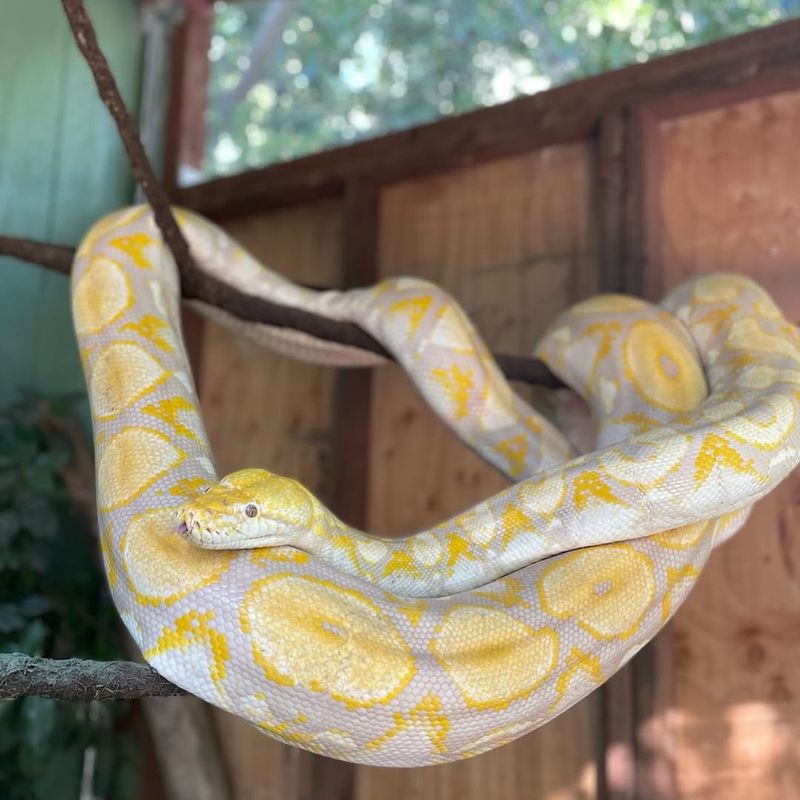
The reticulated python, native to Southeast Asia, is the world’s longest snake, reaching lengths over 30 feet. Known for their striking patterns, these pythons can weigh up to 350 pounds.
They are non-venomous constrictors that rely on their incredible strength to subdue prey. Despite their intimidating size, reticulated pythons are often found near human habitats, thriving in both wild and urban areas.
5. Nile Crocodile
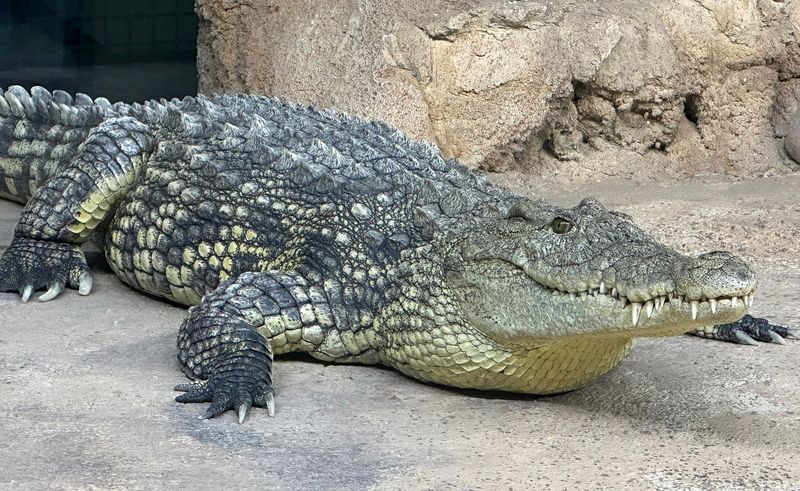
Nile crocodiles, residing in African rivers, are among the largest crocodile species. They can grow up to 20 feet long, making them formidable predators.
These reptiles are known for their aggressive nature and strong territorial instincts. They have a varied diet, including fish, birds, and mammals.
Nile crocodiles have been revered and feared throughout history, often found in ancient Egyptian culture and mythology.
6. Leatherback Sea Turtle
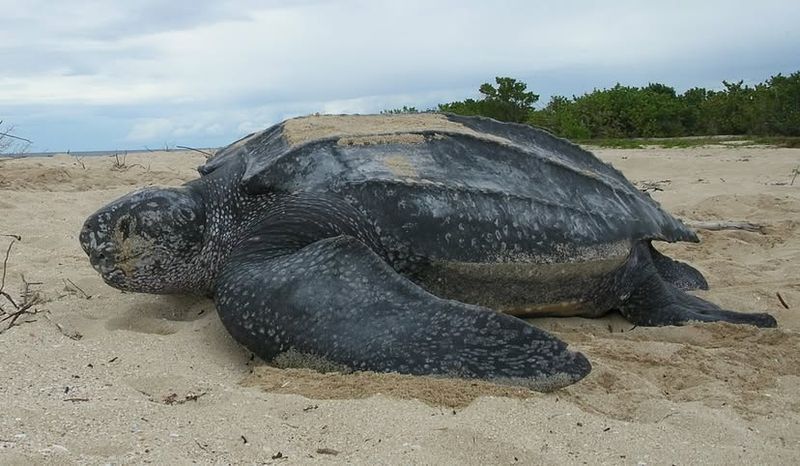
The leatherback sea turtle is the largest species of sea turtle, growing over 7 feet in length. Unlike other turtles, their shells are leathery rather than hard.
These sea turtles travel vast distances across oceans, feeding primarily on jellyfish. Despite their size and endurance, leatherback turtles face threats from pollution and fishing nets, making conservation efforts crucial for their survival.
7. Black Caiman
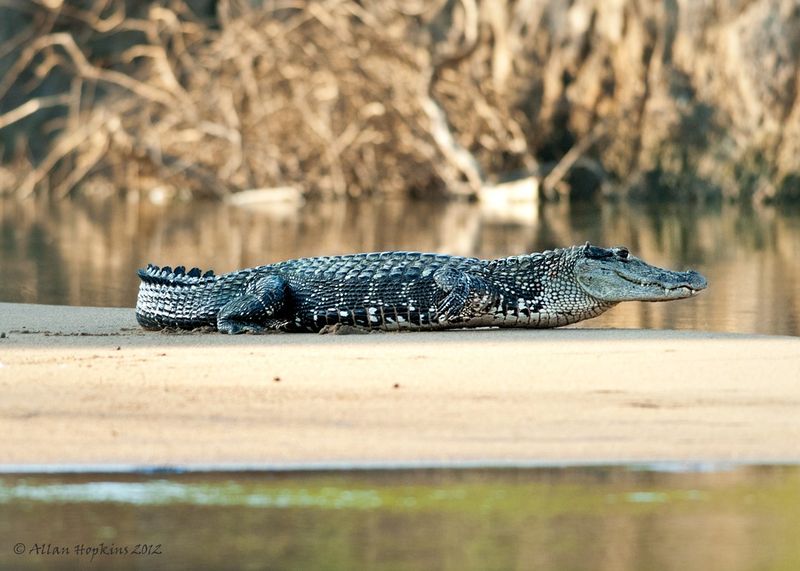
The black caiman, a resident of the Amazon Basin, is the largest member of the alligator family. It can grow up to 20 feet in length, rivaling other large crocodilians. These predators have a powerful bite and are known for their stealth and nighttime hunting skills.
Black caimans play a critical role in their ecosystem, controlling fish and other animal populations, though they face threats from habitat loss and hunting.
8. Burmese Python
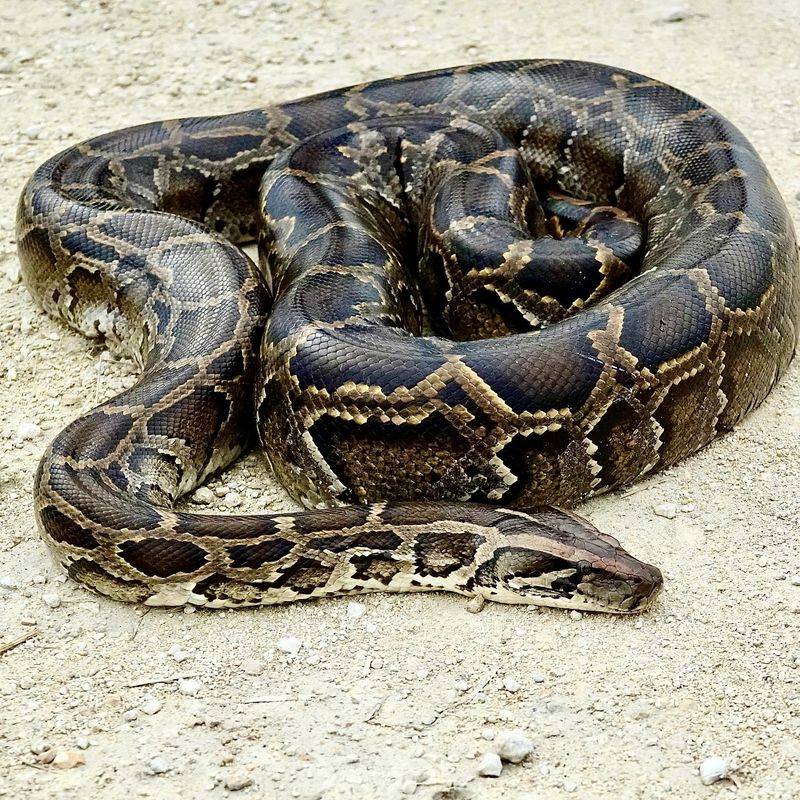
Burmese pythons, native to Southeast Asia, can reach lengths of 23 feet or more. They are known for their docile nature and are often kept as exotic pets.
These constrictors use their massive size to ambush and overpower prey, including mammals and birds.
In some areas, such as the Florida Everglades, Burmese pythons have become invasive species, impacting local wildlife populations significantly.
9. American Alligator

The American alligator, native to the southeastern United States, can grow up to 19 feet long. These powerful reptiles inhabit freshwater environments like swamps and rivers.
They are opportunistic feeders, consuming fish, birds, and mammals. Despite their fearsome reputation, they are generally wary of humans.
Conservation efforts have helped increase their populations after they were once endangered due to hunting and habitat loss.
10. King Cobra
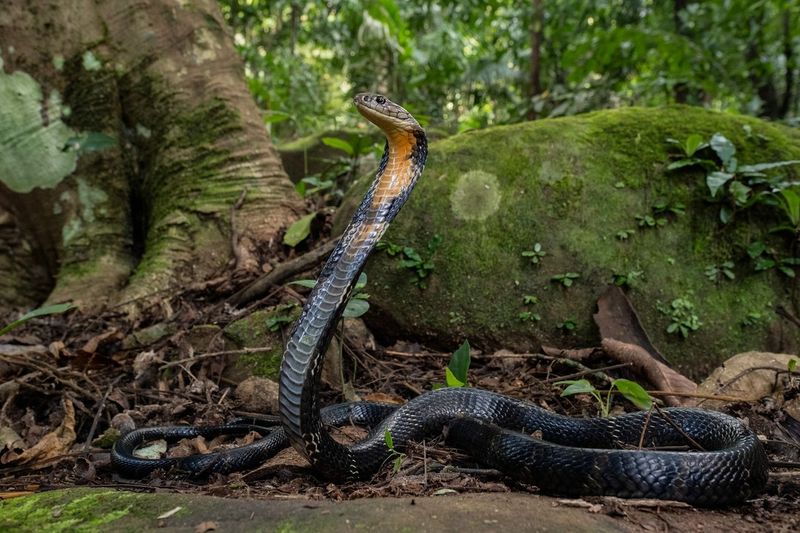
The king cobra, indigenous to South and Southeast Asia, is the world’s longest venomous snake, growing up to 18 feet. They are highly intelligent and can stand tall, intimidating prey with their expanded hoods.
King cobras primarily feed on other snakes and are revered in various cultures, contributing to their mythical status across regions.
11. Gharial
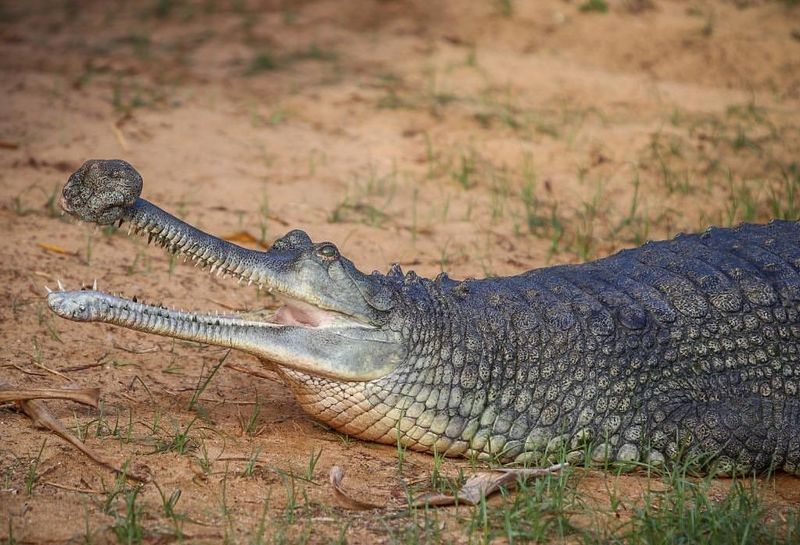
Gharials, with their unique elongated snouts, are among the longest of all living crocodilians, growing over 20 feet.
These fish-eating reptiles are primarily found in the rivers of the Indian subcontinent. Their specialized diet aids in maintaining aquatic ecosystems.
Gharials face significant threats from habitat destruction and pollution, making conservation efforts essential to their survival.

